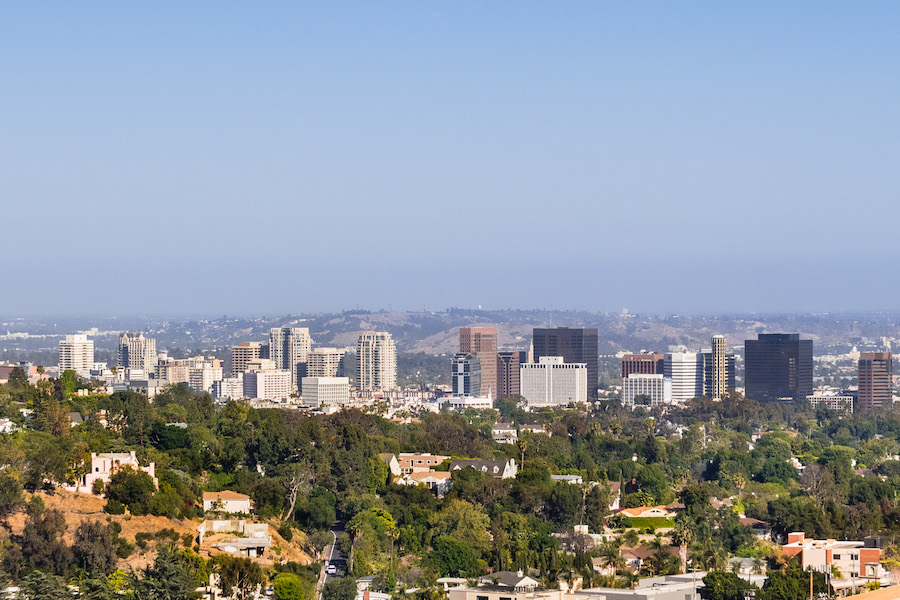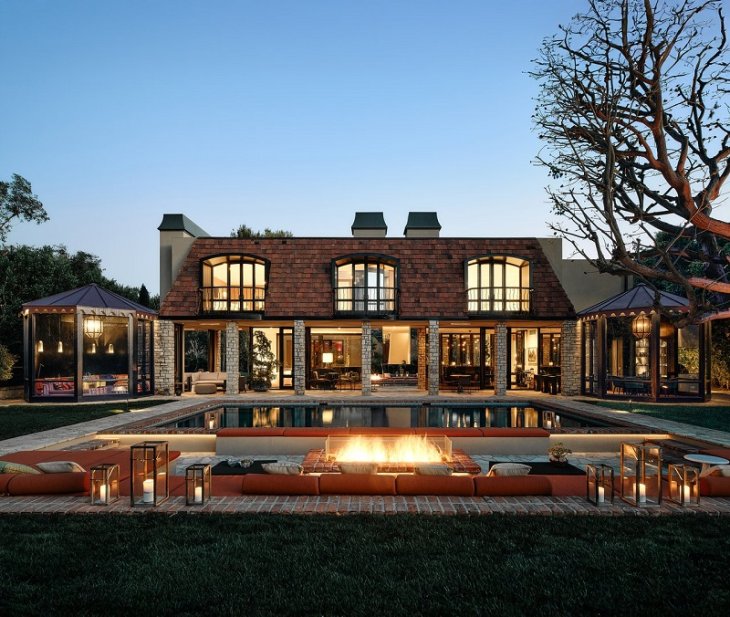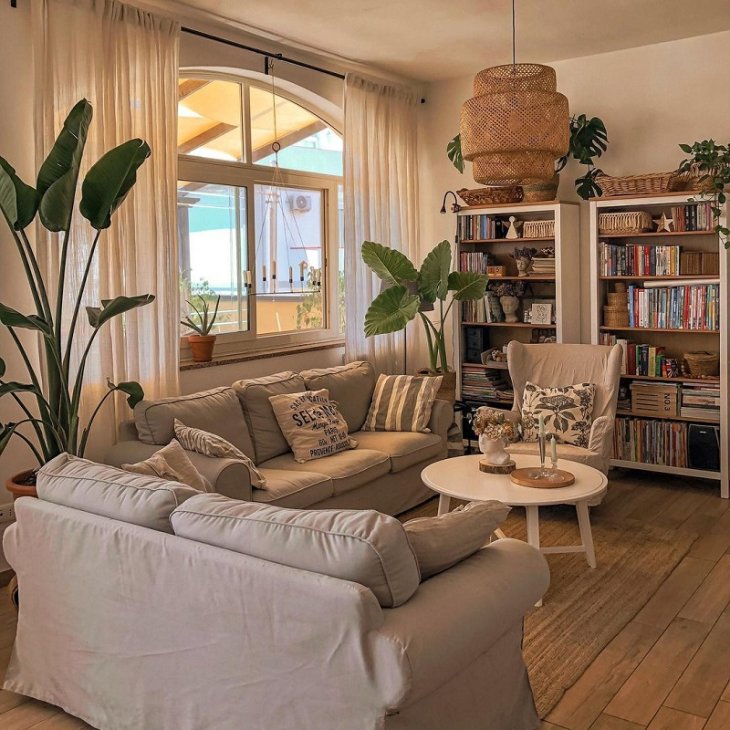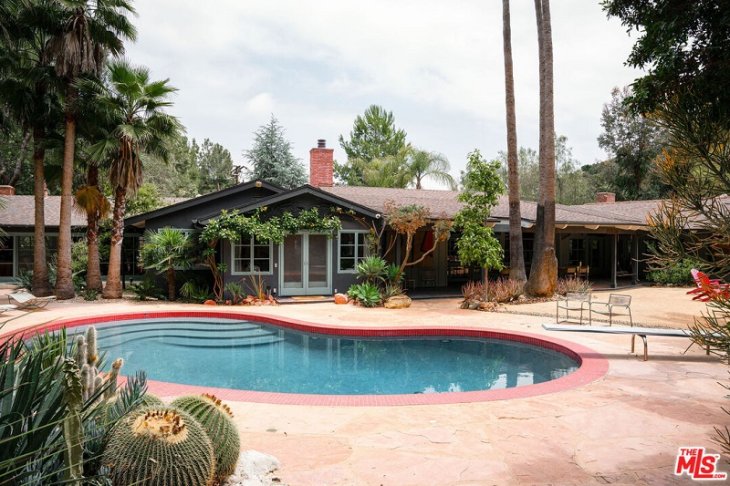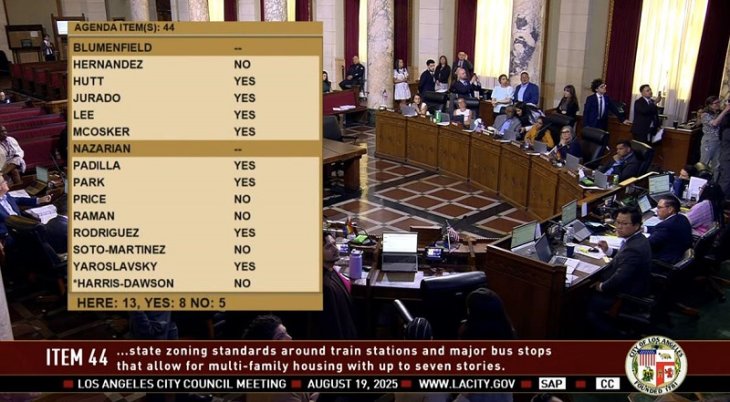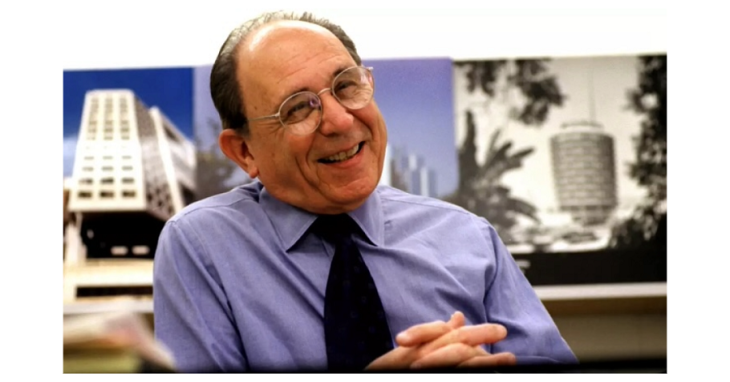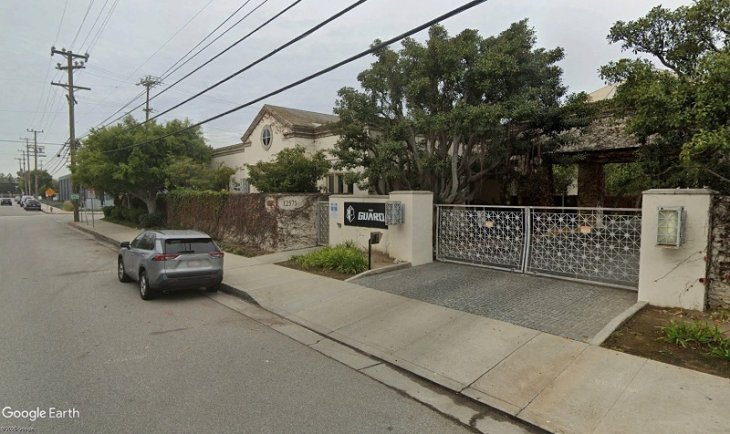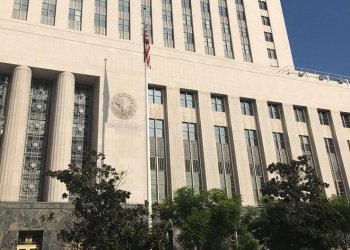Quarter of conversion projects in pipeline located in former offices
By Dolores Quintana
Adaptive reuse of already existing buildings is on the rise in 2021 and is expected to grow even more in 2022.
The pandemic-induced remote work boom has led to many office buildings being left vacant, according to a study by Rent Cafe. Adaptive reuse is defined by Chesco Planning.org as “the process of repurposing buildings for viable new uses and modern functions, other than those originally intended to address present-day needs. Reuse allows for a building’s continued use and helps it remain a viable community asset.”. Rather than demolishing old buildings that potentially have historical value or spending twice the money and time destroying a building completely, merely to raise another in its place, adaptive reuse is like recycling.
Adaptive reuse, like recycling, helps lessen the environmental impact of construction. Emil E. Malizia, PhD, CRE, of the Department of City & Regional Planning, UNC at Chapel Hill said, as quoted by Rent Cafe, “Perhaps the most compelling reason to choose adaptive reuse for apartments versus new apartment construction is the lower environmental impact, especially if demolition is involved,” He adds, “Adaptive reuse mitigates climate change; demolition and new construction do not.”
The City of Los Angeles will be leading the way in 2022 with the largest amount of projected conversions in the nation. Rent Cafe’s study says, “In fact, LA prides itself on having the highest number of future residential conversions overall, with more than 4,300 apartments set to be redeveloped as of 2022. Another future project is the notorious Cecil Hotel which recently reached world fame due to it being featured in a popular Netflix documentary. The building is expected to be a mix of hotel and apartment building, housing a total of 290 units.”
While hotels were the buildings that were converted the most during the year 2020, the adaptive use of the office buildings has risen to the top for similar reasons. Because of stay at home orders and the repeated surges of the COVID virus, particularly the highly contagious Delta variant, many businesses and employers have totally switched to a work at home model. This has left many office buildings vacant and unused.
Rent Cafe reports that “One-quarter of the conversion projects in the pipeline are located in former offices and will result in more than 12,300 apartments. One such example is the Mayer Building, the stunning Los Angeles landmark that is expected to create 79 affordable apartments.”

